Domain
Categories
- (34)
- (9)
- (3)
- (138)
- (18)
- (7)
- (2)
- (5)
- (8)
- (17)
- (1)
- (100)
- (7)
- (12)
- (7)
- (1)
- (1)
- (4)
- (152)
- (19)
- (2)
- (5)
- (111)
- (34)
- (10)
- (4)
- (55)
- (14)
- (3)
- (7)
- (61)
- (17)
- (5)
- (24)
- (7)
- (11)
- (1)
- (2)
- (1)
- (1)
- (1)
- (13)
- (12)
- (4)
- (6)
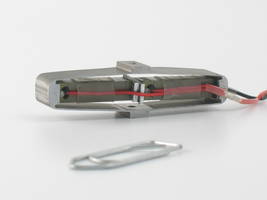
Investigations on a directly coupled piezoactuated tool feed system for micro electro discharge machine
19 June 2023
A directly coupled piezoactuated tool feed mechanism is proposed and a prototype micro-electrodischarge machine (micro-EDM) is developed. The piezoactuator is used to feed the tool and also to sense the tool displacement from a reference position. The hysteresis behavior of the piezoactuator is also incorporated through an electromechanical model for estimating the actual tool displacement. Simulation results for piezoactuator displacement are compared with the experiment and a maximum error of 15% was observed. Further, in order to control the tool feed rate during machining, a tool feed controller based on the gap voltage feedback is developed.
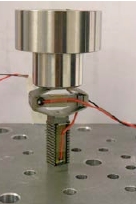
Semi-passive vibration control technique via shunting of Amplified Piezoelectric Actuators
12 January 2016
The objective of this paper is to provide results of an experimental and analytical investigation of Amplified Piezoelectric Actuators (APA) as vibrational isolator in a configuration of a mechanical Single Degree of Freedom system. The investigation is aimed at assessment of the mechanical properties modification ability via shunting techniques. The investigation consist of a phenomenological modelling of the APAs considered as generators and experimental verification of the vibrational energy dissipation ability in frequency domain. The results obtained during this investigation reveal that it is feasible to receive more than 20 dB reduction of the displacement amplification in the resonant range. Moreover, three tested examples of APA reveal up to 9 % of resonant frequency shift due to proper adjustment of the electronic shunting circuit, which is an encouragement for further analyses towards application of the APAs in semi-passive vibration control applications.
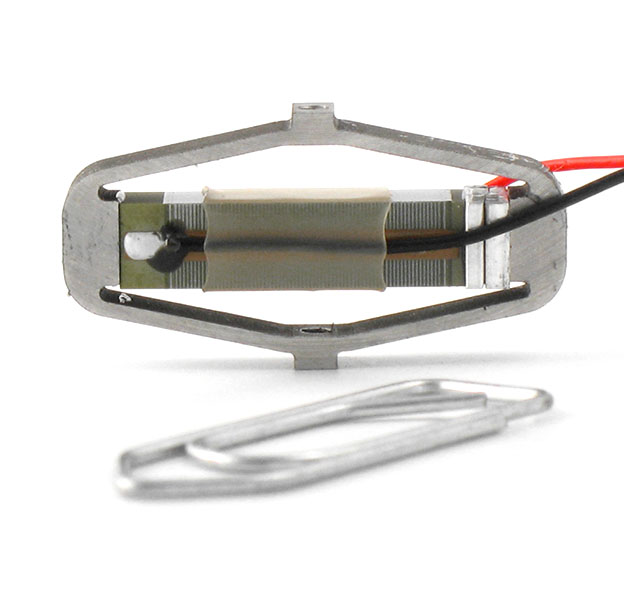
Comparison of Viscoelastic Property Characterization of Plastisol Phantoms with Magnetic Resonance Elastography and High-Frequency Rheometry
7 November 2019
This study aims at evaluating Magnetic Resonance Elastography (MRE) as a reliable technique for the characterization of viscoelastic properties of soft tissues. Three phantoms with different concentrations of plastisol and softener were prepared in order to mechanically mimic a broad panel of healthy and pathological soft tissues. Once placed in a MRI device, each sample was excited by a homemade external driver, inducing shear waves within the medium. The storage (G’) and loss (G’’) moduli of each phantom were then reconstructed from MRE acquisitions over a frequency range from 300 to 1,000 Hz, by applying a 2D Helmholtz inversion algorithm. At the same time, mechanical tests were performed on four samples of each phantom with a High-Frequency piezo-Rheometer (HFR) over an overlapping frequency range (from 160 to 630 Hz) with the same test conditions (temperature, ageing). The comparison between both techniques shows a good agreement in the measurement of the storage and loss moduli, underlying the capability of MRE to noninvasively assess the complex shear modulus G* of a medium and its interest for investigating the viscoelastic properties of living tissues. Moreover, the phantoms with varying concentrations of plastisol used in this study show interesting rheological properties, which make them good candidates to simulate the broad variety of viscoelastic behaviors of healthy and pathological soft tissues.

Electrical Tunable Low frequency miniature suspension
19 June 2023
Optical instruments such as interferometers and optical delay lines are sensitive to external vibrations and require a strong isolation of vibrations. Some products for active, semi active or passive isolation exist but are rather large which makes them much more suitable for lab applications than to embedded applications as meet in Space, Aircraft or Military applications in general, or in the space ICE CNES experiment. These requirements have driven the development of a new type of Electrically-Tunable Low-Frequency Miniature Suspension.
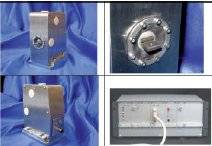
Servo piezo tool SPT400MML for fast and precise machining of free forms
19 June 2023
Recent requirements for accuracy and resolution demand higher quality in the machining of precision parts in many industries—such as optics, automotive and aerospace—by free form machining. The required operations are possible by using expensive manufacturing equipment in parallel with several processes such as grinding and polishing. By using a new fast tool servo, the so-called servo piezo tool SPT400MML, driven by a piezoelectric actuator for the precision diamond turning of non-symmetrical surfaces, components can be machined with a fast motion control of the tool (diamond or carbide).
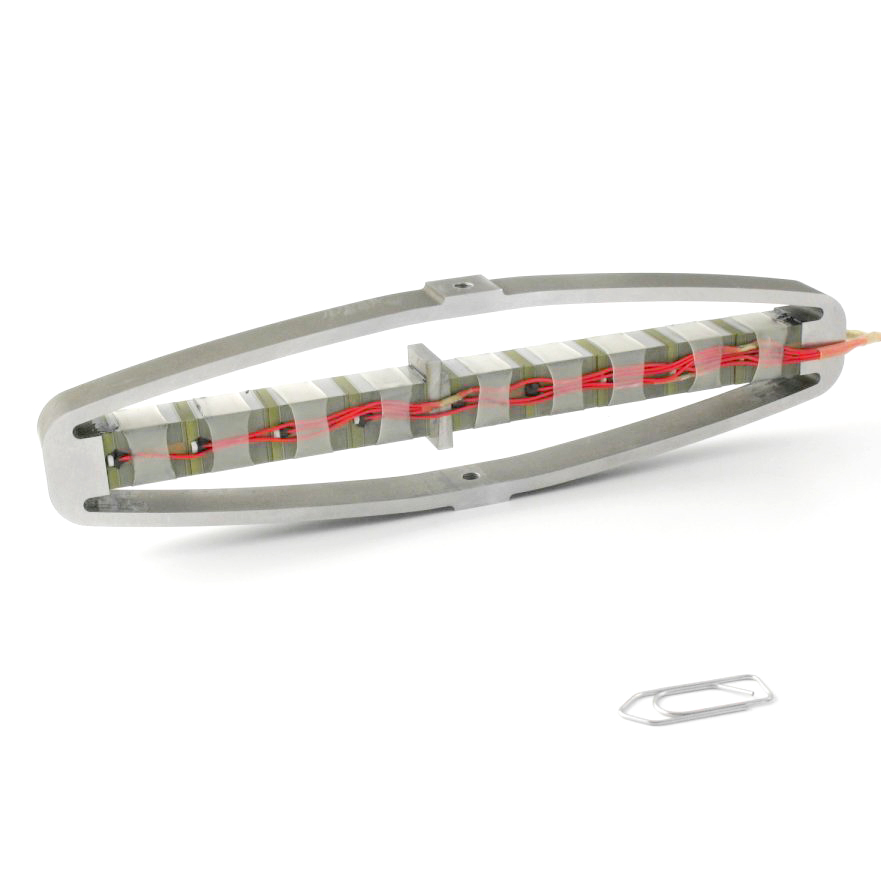
La piézoélectricité entre dans une ère nouvelle
2 January 2007
His fifteen years of research in electronics have enabled Frank Claeyssen to take his piezoelectric actuators to a promising industrial stage.

